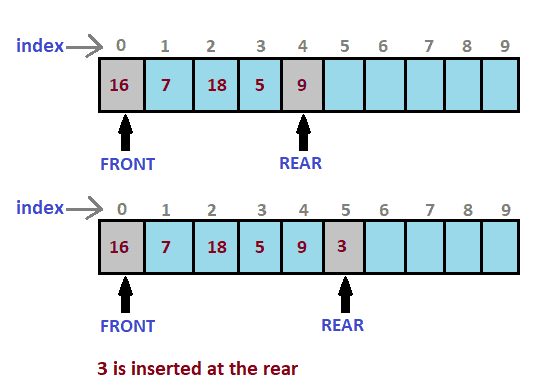
Then it starts from the first queue and repeats the process. The RR scheduler processes one packet from one queue and then a packet from the next queue and so on. In simple RR, you have a few queues, and you assign traffic to them. RR is a queuing discipline that is quite a contrast to priority queuing. Priority queuing is often suggested on low-bandwidth interfaces in which you want to give absolute priority to mission-critical or valued application traffic. In this fashion, packets, based on their protocol, source address, destination address, size, source port, or destination port, can be assigned to one of the four queues. The priority list might be simple, or it might call an access list. Using the Cisco IOS command priority-list, you define the traffic that is assigned to each of the four queues. In the situation depicted in Figure 4-3, until all the packets are processed from the high-priority queue and forwarded to the hardware queue, no packets from the medium-, normal-, or low-priority queues are processed. Figure 4-3 shows a PQ when all four queues are holding packets. This phenomenon is often expressed as a PQ danger for starving lower-priority queues. If the high-priority queue is not too busy, however, and the medium-priority queue gets a lot of traffic, again, the normal- and low-priority packets might not get service, and so on. When you use PQ, you must both understand and desire that as long as packets arrive and are assigned to the high-priority queue, no other queue gets any attention. After processing/de-queuing one packet (from any queue), the scheduler always starts over again by checking if the high-priority queue has any packets waiting, before it checks the lower priority queues in order. If both the high- and medium-priority queues are empty, one packet from the normal-priority queue is processed, and if high-, medium-, and normal-priority queues are empty, one packet from the low-priority queue is processed. If the high-priority queue is empty, one packet from the medium-priority queue is processed. As long as the high-priority queue has packets, the PQ scheduler forwards packets only from the high-priority queue. Access lists are often used to define which types of packets are assigned to which of the four queues. You must assign packets to one of the queues, or the packets will be assigned to the normal queue. PQ has four queues available: high-, medium-, normal-, and low-priority queues. PQ, which has been available for many years, requires configuration. On fast interfaces that are unlikely to be congested, FIFO is often considered an appropriate queuing discipline. As a result, other application packets-for example, low volume and less aggressive traffic such as voice-might be dropped or experience long delays.



Without multiple queues and without a scheduling and dropping algorithm, high-volume and ill-behaved applications can fill up the FIFO queue and consume all the interface bandwidth. Packets line up in a single FIFO queue packet class, priority, and type play no role in a FIFO queue. FIFO is a simple algorithm that requires no configuration effort. Each queue within a multiqueue discipline is a FIFO queue. The hardware queue (TxQ) also processes packets based on the FIFO discipline. FIFO is the default queuing discipline in most interfaces except those at 2.048 Mbps or lower (E1).


 0 kommentar(er)
0 kommentar(er)
